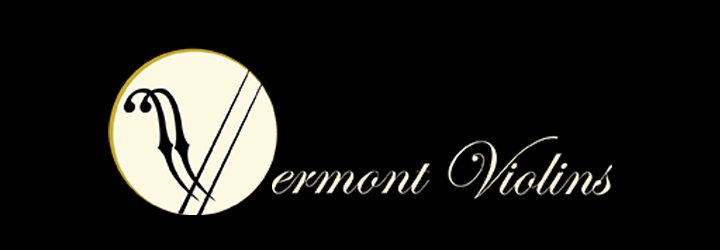Foundations for Strings by Elliot Del Borgo
Foundations for Strings by Elliot Del Borgo
Foundations for Strings provides a substantial amount of progressive material to develop and reinforce both reading and technical skills. The music is written to encourage strong, solid playing while dealing with well-balanced, musical exercises that move at a pace that retain the interest of the students with both familiar and new material that allows them to play and sound like “real” players.
This book provides a substantial amount of progressive material to develop and reinforce both reading and technical skills. The music is written to encourage strong, solid playing while dealing with well-balanced, musical exercises that move at a pace that retain the interest of the students with both familiar and new material that allows them to play and sound like “real” players.
Genre: Method Book | # of Players: Flexible
Level: | Duration:
THE PURPOSE
This book was written to provide music that will function:
1. As a method for the string teacher who has his or her own teaching concepts and simply wants accessible music for the students to play and read. This book seeks to reinforce each teacher’s individual style without presenting contradictory or excessive pedagogical information.
A BOOK FOR ALL TEACHING STYLES
2. As a folio of complete 2- and 3-part string orchestra pieces suitable for a performance as young string players progress from the very earliest stages while giving them a sense of the expressive potential of sound.
3. As a way for Suzuki-trained students to develop reading skills that will complement their technical and aural skills in an ensemble setting.
INTRODUCTORY NOTES
This book provides a substantial amount of progressive material to develop and reinforce both reading and technical skills. The music is written to encourage strong, solid playing while dealing with well-balanced, musical exercises that move at a pace that retain the interest of the students with both familiar and new material that allows them to play and sound like “real” players.
Additional attention is paid to the development of viola and bass students by placing lead material in their parts. Bass shifts are carefully prepared and solidly reinforced.
My goal is to build pride and a sense of accomplishment from a satisfying and rewarding performance. The adage is true: Nothing succeeds like success. In addition to the music, the book contains reading and writing examples that may demonstrate the ability to understand notation. The early studies may first be played pizzicato to isolate skills and simplify playing. This might be a good strategy when approaching any new material. There are short, directed composition exercises to illustrate and foster the creative ideals of music.
The pieces are in a variety of styles that will encourage both a solid tone and a vigorous bowing style, as well as some that are more lyrical in nature. The tempos may vary from quarter note = 80 to quarter note = 112, depending on the comfort level of the players. I would suggest you increase the tempo of some of the pieces after the students are playing comfortably and with confidence – particularly those pieces that are both technical and repetitive. Examples of pieces to be played and then sung are provided to develop aural skills that will lead to accurate intonation – singing during every lesson is a MUST. Simple double stops are provided to foster the development of a sense of harmony and harmonic intonation. The straightforward piano parts also contribute to this sense – I recommend the teacher avoid playing the piano part throughout an entire lesson, as it tends to distract from careful observation of the players.
I hope to allow the teacher to focus on music and students’ performance while using techniques and methods that suit his or her own teaching style.
Enjoy!
Elliot Del Borgo








